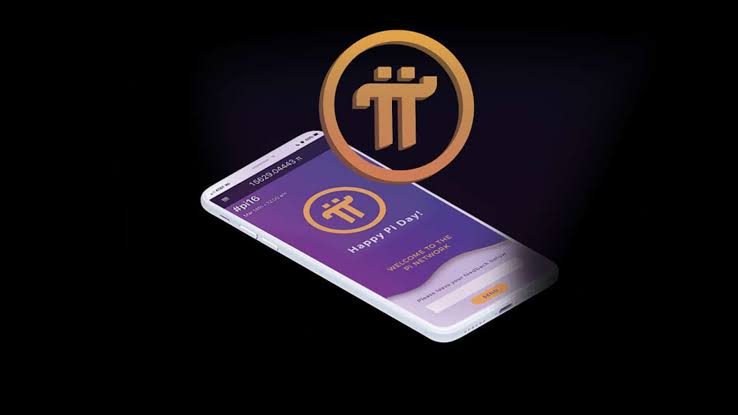Pi Network: All you Need to Know, It Features and Lunch Date
Pi Network is a digital currency project that aims to create a decentralized, open-source, and community-driven cryptocurrency.
Pi Network is an innovative digital currency project that aims to create a decentralized, open-source, and community-driven cryptocurrency. While it offers several benefits, such as accessibility and energy efficiency, it also faces challenges and controversies, including scalability concerns, regulatory uncertainty, and security threats. As with any investment or participation in a cryptocurrency project.

Key Features of Pi Network
- Decentralized: Pi Network operates on a decentralized network, allowing users to participate in the validation process.
- Mobile-first: Pi Network is designed for mobile devices, making it accessible to a broader audience.
- Energy-efficient: Pi Network uses a consensus algorithm called “Stellar Consensus Protocol” (SCP), which is more energy-efficient than traditional proof-of-work (PoW) algorithms.
- Community-driven: Pi Network encourages community participation through its open-source code, community forums, and social media channels.
How Pi Network Work
- Mining: Pi Network uses a novel mining mechanism called “Pi mining,” which allows users to mine Pi coins using their mobile devices.
- Validation: Users can participate in the validation process by running a node on their device, which helps to secure the network.
- Transactions: Pi Network allows users to send and receive Pi coins, which can be used for various purposes, such as purchasing goods and services.
Benefits of Pi Network
- Accessibility: Pi Network’s mobile-first approach makes it accessible to a broader audience, including those without extensive technical knowledge.
- Energy efficiency: Pi Network’s SCP consensus algorithm is more energy-efficient than traditional PoW algorithms, making it a more environmentally friendly option.
- Community-driven: Pi Network’s open-source code and community-driven approach encourage collaboration and innovation.
Challenges and Controversies of Pi Network
- Scalability: Pi Network is still in its early stages, and it faces scalability challenges as it grows.
- Regulatory uncertainty: Pi Network, like other cryptocurrencies, operates in a regulatory gray area, which can create uncertainty for users and investors.
- Security concerns: Pi Network, like other decentralized networks, is vulnerable to security threats, such as 51% attacks and smart contract vulnerabilities.
Pi Network Lunch Date
The Pi Network mainnet launch has been a highly anticipated event, and according to recent updates, the team is targeting a launch by March 2025, just before the next Pi Day celebration. This date was confirmed by the Pi Network team, who mentioned that they are committed to launching the open version of the mainnet before the upcoming Pi Day in late March 2025.
It’s worth noting that the Pi Network mainnet was initially launched in 2021, but it was in an “enclosed network period” framework, which meant that it was operating behind a firewall that prevented external connectivity. The team has been working on transitioning to the open network period, which will allow for external connectivity and enable users to run their own Pi Nodes and API services.
Keep in mind that the launch date may be subject to change, but as of now, March 2025 is the target date for the Pi Network mainnet launch.


